Some breeds were made for trends. Others were made for tasks. These dogs fall into the second group. Everything about them—from their lean bodies to their laser-like focus—tells you they were never meant to sit idle.
You don’t pick them because they’re pretty. You choose them because they match your mindset. But here’s where people slip up. They think “Belgian” is the defining trait. It’s not. Within the same bloodline lie two very different animals.
One built for constant motion, the other for calm control. And unless you’ve lived with both, it’s hard to tell where that line is. This isn’t just about comparing size or coat length. This is about drive, intensity, and lifestyle compatibility.
Before you decide which of these powerhouse breeds fits your world, you need the facts. Real ones. That’s what this article breaks down—Belgian Tervuren vs Belgian Malinois, where it really counts.
Belgian Tervuren vs. Belgian Malinois
Origins and Breeding Background
Shared roots, separate paths
Both the Belgian Tervuren and Belgian Malinois come from the same foundation of Belgian herding dogs. Originally developed to manage livestock, they were bred for endurance, intelligence, and quick decision-making. Over time, they evolved into distinct breeds with unique working styles.
Rural beginnings to specialized roles
The Malinois became favored for farm and guard work, especially in the Belgian countryside. Its agility and sharp instincts made it ideal for protection and police tasks. Meanwhile, the Tervuren’s balanced nature saw it thrive in multitasking roles, both as a companion and worker.
Visual differences shaped by purpose
Selective breeding led to the Malinois’ short coat and muscular build for outdoor work. In contrast, the Tervuren’s longer, fawn-colored coat was more common in show lines and colder terrains. Each dog’s appearance reflects the specific function it was meant to fulfill.
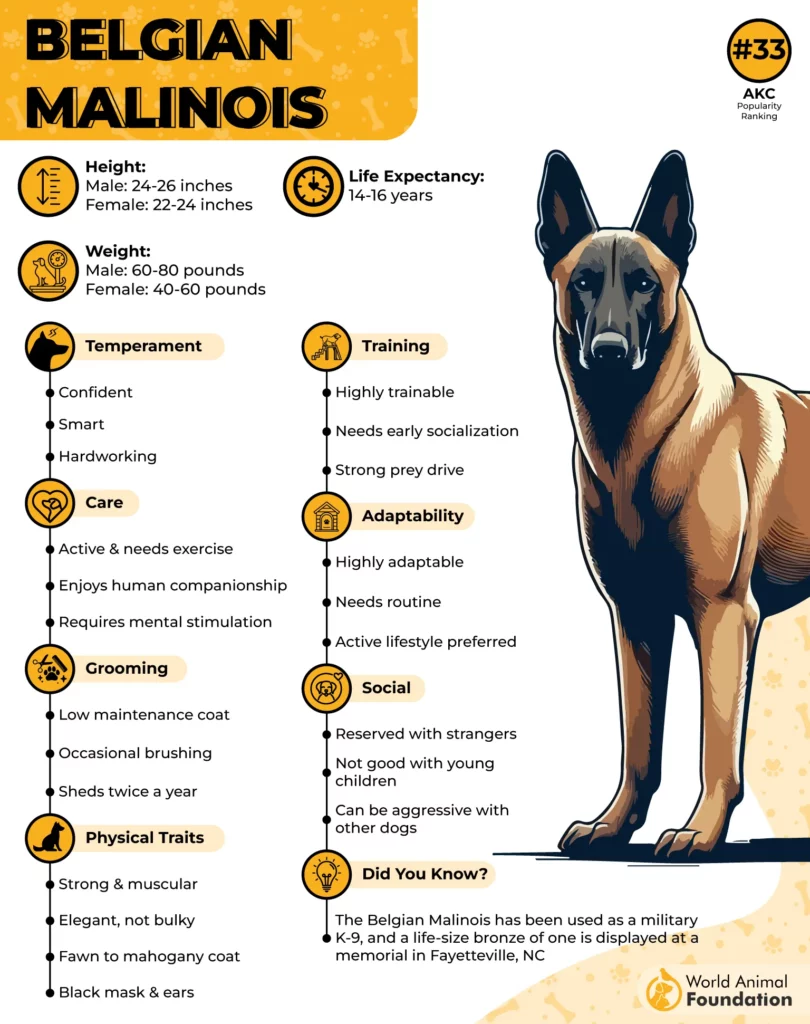
Recognition as separate dog breeds
Though they share ancestry, these are now classified as distinct canines by major kennel clubs. That distinction preserves their individual characteristics and training needs. Their origins explain why each excels in different environments and challenges.
Physical Size Comparison
Height and overall build
Both breeds are medium-to-large with a sturdy, athletic frame that supports their working backgrounds. Belgian Malinois tend to stand slightly taller, averaging 24–26 inches for males. Belgian Tervurens closely follow, with a height range of about 22–26 inches.
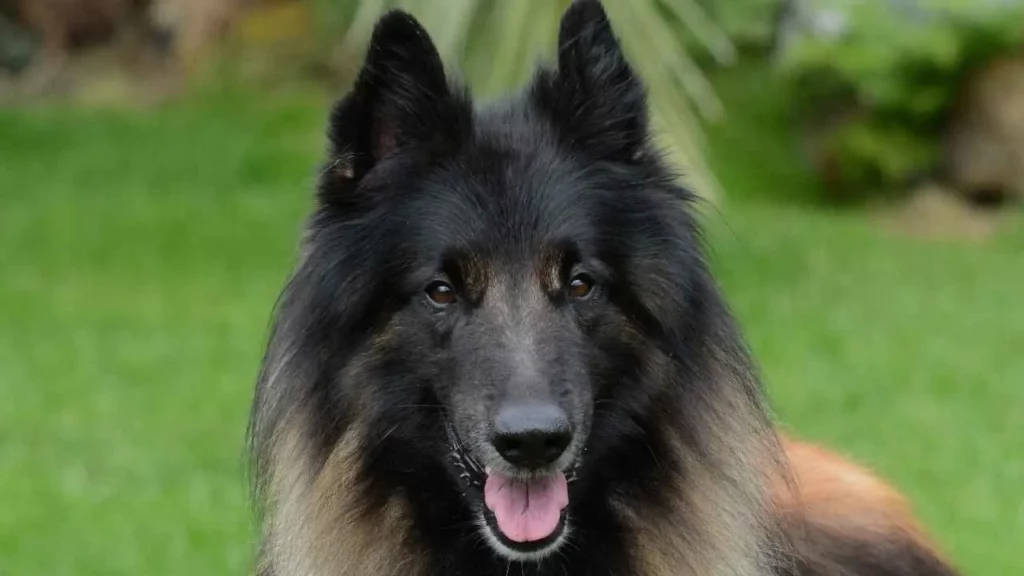
Weight and muscle distribution
The Malinois often carries a leaner, more tightly muscled build that emphasizes agility and speed. Tervurens, while equally strong, can appear slightly fuller due to their denser coat. Weight for both typically ranges from 40 to 75 pounds, depending on sex and condition.
Body proportions and shape
Both have a square, balanced frame, but the Malinois shows more defined angles and sharper lines. The Tervuren’s silhouette appears softer, thanks to its feathered coat adding volume. Despite coat differences, their skeletal structures remain remarkably alike.
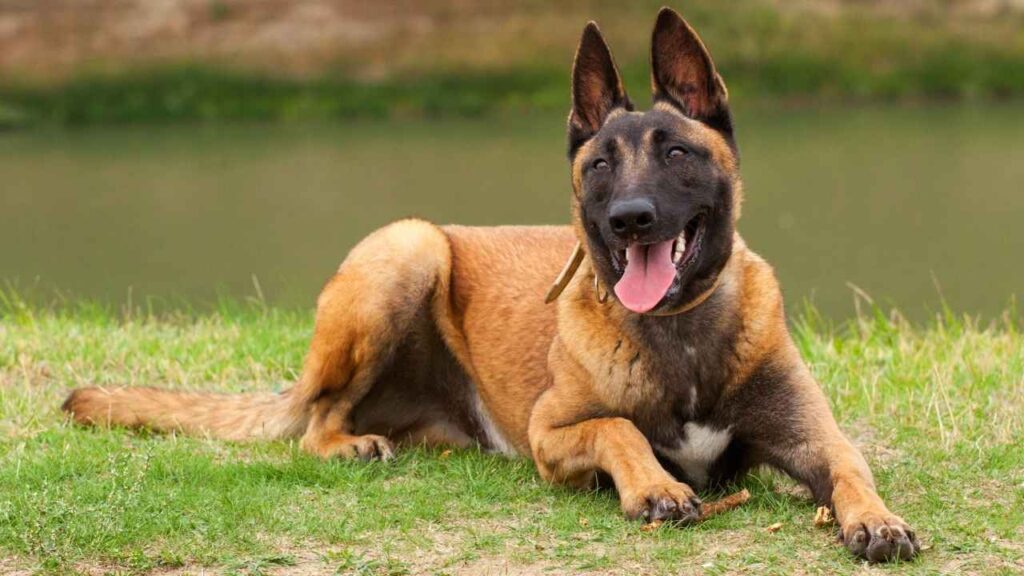
Visual presence and impression
In person, the Malinois often gives off a more intense, streamlined look built for quick movements. The Tervuren feels more striking in appearance, enhanced by its fluffier outline. Side by side, the Malinois may look more compact, while the Tervuren feels more expansive.
Appearance and Coat Differences
Structure and overall build
The Tervuren tends to have a more elegant, slightly longer frame, giving it a refined look. Malinois have a stockier, compact build with visibly defined muscles, as WebMD highlighted. Both are smart dogs, but their physical form reflects their differing work backgrounds.
Facial features and expression
Malinois show a leaner face with sharp, watchful eyes that often seem alert and focused. Tervurens have a softer gaze with a longer muzzle and more pronounced ruff. These subtle facial shifts hint at their unique personalities and behavioral tendencies.
Coat type and texture
Tervurens sports a longer, more lavish double coat that requires regular grooming to stay in shape. Malinois, though they also have a double coat, feature a much shorter version that’s easier to maintain. The texture, length, and grooming needs are key differences to consider.
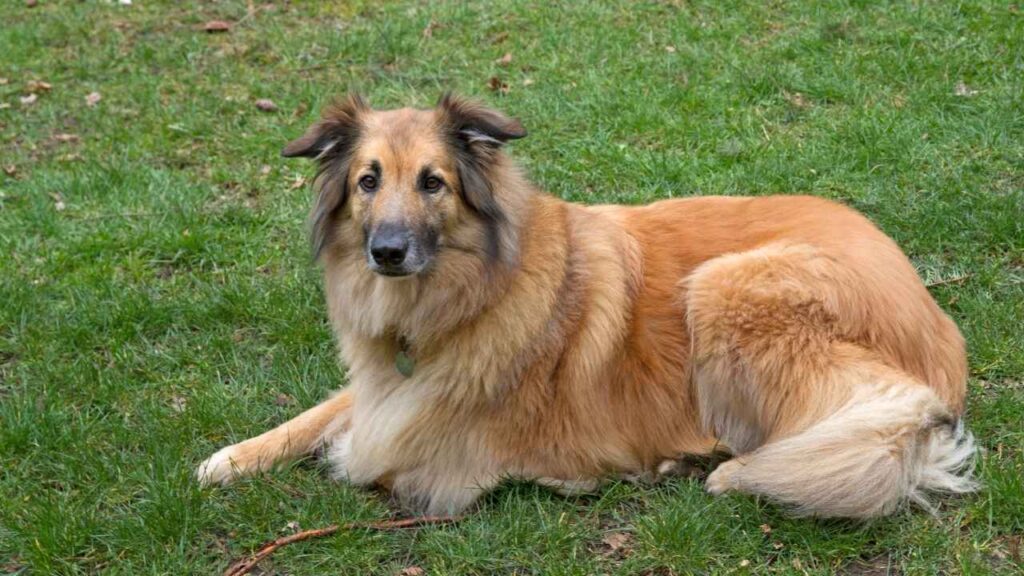
Color variations and markings
While both breeds are known for black overlay on a fawn base, the Tervuren’s coat often appears richer and more layered. The Malinois has a tighter color blend that looks sleeker and more uniform. These coat differences can influence visibility, grooming, and even how they interact with other pets.
Behavior and Temperament
High drive with a sharp mind
Both breeds are intelligent and quick to learn, which makes them excellent choices for training dogs in complex tasks. Their eagerness to work means they excel in obedience, protection, and advanced commands. Mental stimulation is a daily need, not just a bonus.
Energy that demands direction
These breeds thrive in active homes where there’s a clear structure and purpose. When that energy is left unmanaged, it can lead to frustration or misdirected behavior. That’s why early and consistent socialization shapes them into balanced companions.
Not your average playmate
While both dogs can be playful, their idea of fun usually involves challenge and movement. Activities like agility or protection-based dog sports aren’t just hobbies—they’re essential outlets. Without those, boredom quickly replaces engagement.
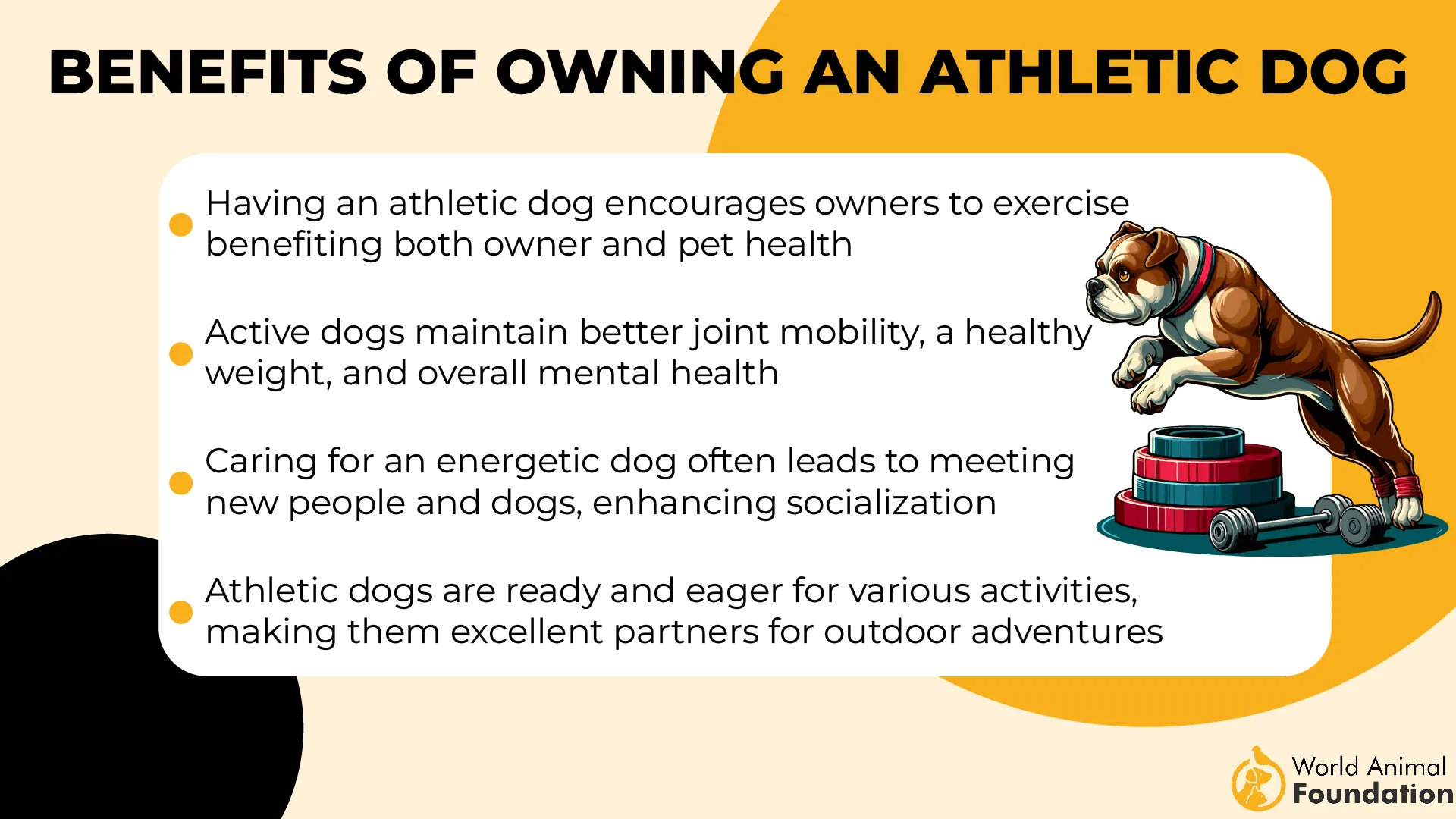
Awareness of surroundings matters
They may show herding tendencies around smaller animals or children, especially without proper boundaries. Belgian Tervuren tends to be more pet-friendly, as stated in PetMD, while the Malinois may be more intense in unfamiliar situations. These subtle behavioral differences become clearer as they mature.
Health, Grooming, and General Care
Long-term health awareness
Both breeds are generally resilient, but monitoring their overall health is key for a balanced, active life. They can be at risk for hip and elbow dysplasia, so joint health checks should start early and continue throughout adulthood. Eye concerns like progressive retinal atrophy may also show up, requiring routine screening to catch vision changes.
Grooming and coat care
Belgian Tervurens have a long, double coat that sheds seasonally and needs weekly brushing to prevent tangles. Malinois have a shorter coat that’s easier to manage but still benefits from regular grooming. Both dogs will stay cleaner and more comfortable with basic hygiene like nail trims and ear checks.
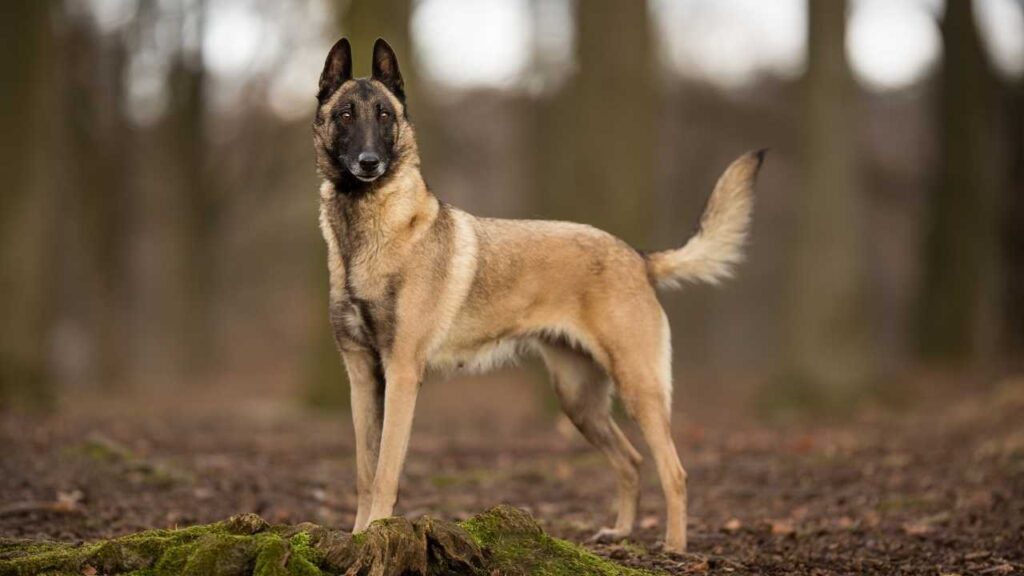
Routine care for active lifestyles
Since these dogs are working breeds, daily exercise isn’t just ideal—it’s essential. Mental stimulation through tasks, training, or puzzle toys keeps them sharp and satisfied. Start healthy habits from an early age to avoid future behavior issues related to under-stimulation.
Subtle differences in daily needs
The Belgian Tervuren has slightly higher grooming demands due to its coat, as per the AKC, while the Malinois leans toward needing more structured physical activity. Both share strong working instincts and unique characteristics that make them thrive with purpose-driven routines.
Lifespan and Longevity
Tervuren: A steady and enduring companion
Belgian Tervurens typically live between 12 to 14 years, often staying active well into their senior years. Their long lifespan reflects both genetic strength and balanced energy levels. With proper care, they age gracefully while staying mentally sharp and physically agile.
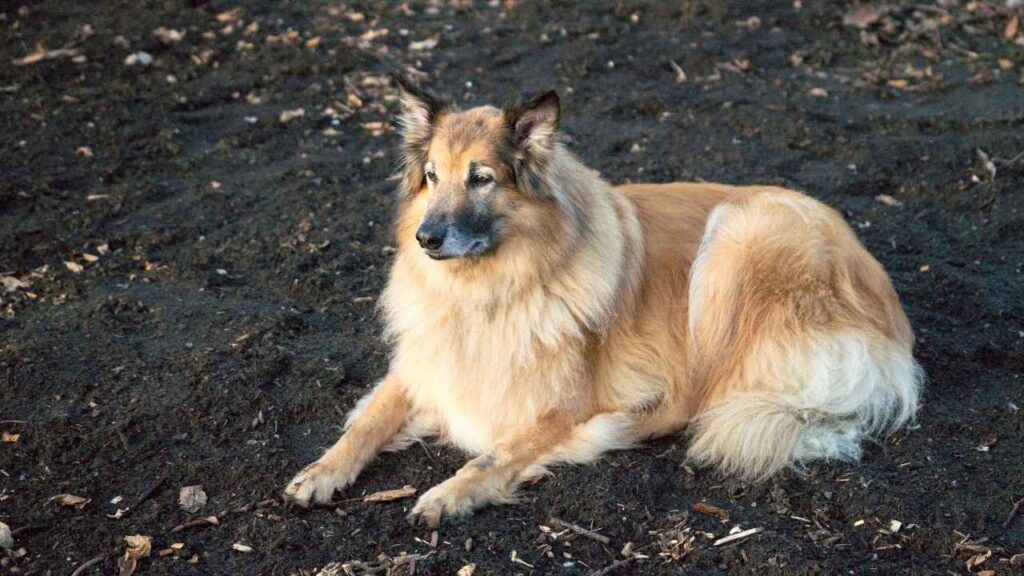
Malinois: Built for lasting endurance
Belgian Malinois tend to have a similar lifespan, averaging 12 to 14 years when raised in healthy environments. Their strong drive and disciplined routines often contribute to a longer, fitter life. Mental stimulation and daily exercise help preserve their sharp instincts over time.
Factors influencing longevity
Both breeds benefit from consistent training, regular vet visits, and diets tailored to their active needs. Without mental challenges, they may develop stress-related behaviors that impact overall health. Their long lives are often tied closely to how well they’re physically and mentally managed.
Conclusion
This isn’t a decision you make based on coat length or how a dog looks in photos.
Belgian Tervurens and Malinois both bring intelligence, loyalty, and a strong protective nature—but only when paired with the right kind of handler. They need physical and mental stimulation daily, not just the occasional walk. If you can’t commit to at least an hour of structured activity, neither breed will thrive.
Their loyalty is unmatched, but so are their expectations. When properly socialized and trained from a young age, they become moderate, family-friendly companions who offer years of purpose-driven partnership. It all begins with respect—and the willingness to match their effort.


